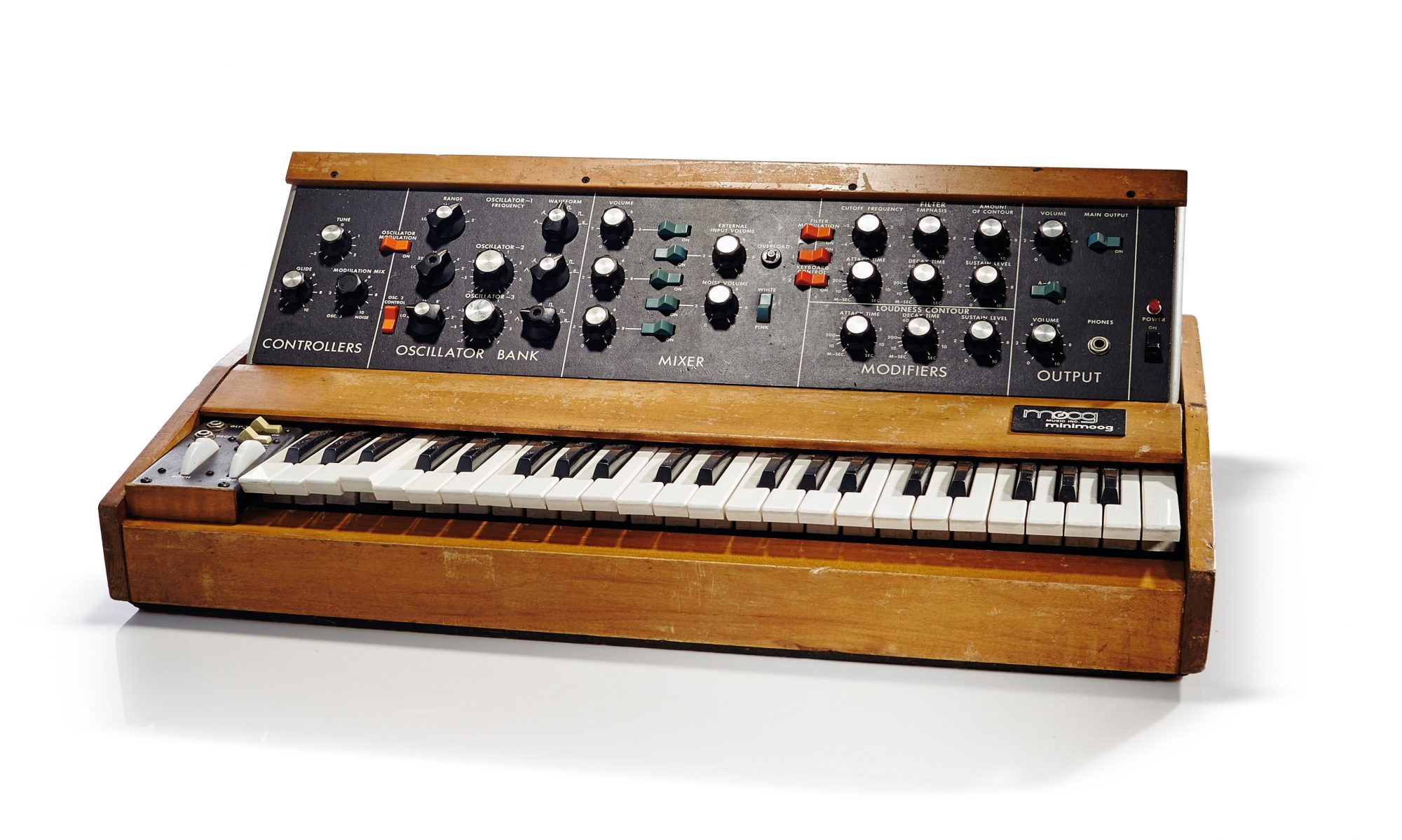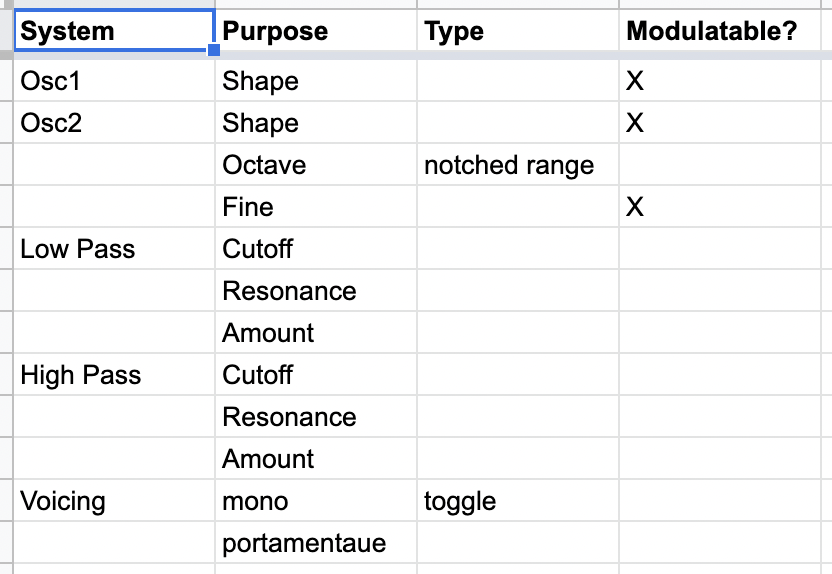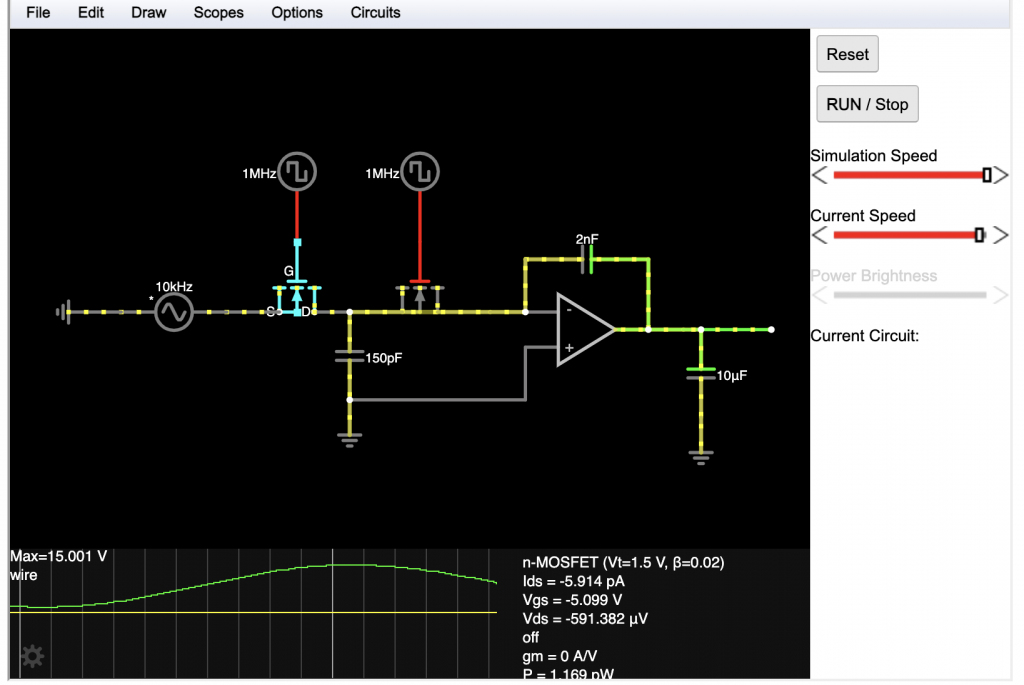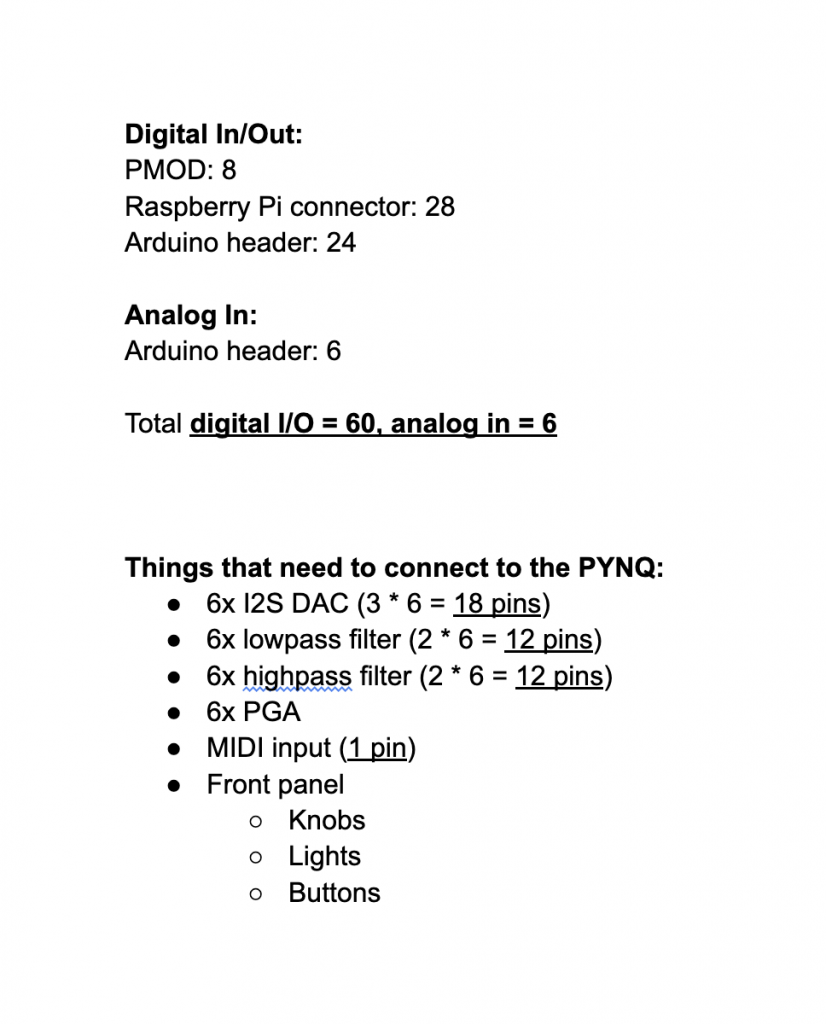This week unfortunately was mostly a return to planning to make sure we nailed down the design. I had initially intended to dive into FPGA-land and start bringing up the zynq and the video pipeline. While i was able to synthesize a design for a video framebuffer on the zynq, I haven’t been able to test if it actually works on hardware yet.
Mostly, I ended up focusing with Sam on “knob selection” which meant dialing in exactly what the interface to the synth is, and consequently exactly what features we need to implement on a technical level. We settled on descoping 6 hardware voices in favor of creating a “paraphonic synthesizer” where the gating for all filter envelopes is identical. This is discussed more in the team status update.
I’m currently working closely with Sam to find a way to interface with the many rotary encoders that we use to change synthesizer settings. Due to the chip shortages, the open-source MCU-based designs for this are all unavailable so we’ll have to switch to analog pots or make something custom, since we don’t have enough io to interface all of the rotary encoders with the fpga directly.
My job personally was coming up with this spreadsheet: https://docs.google.com/spreadsheets/d/1Dr5_RnABUDoyzo6D7ym3ToypcFMyjv6tvbP-L7gBcFY/edit?usp=sharing
which details exactly which modulatable features we’re implementing on the synth. This gives us a framework to define requirements precisely for the analog system and how the software needs to be implemented.




